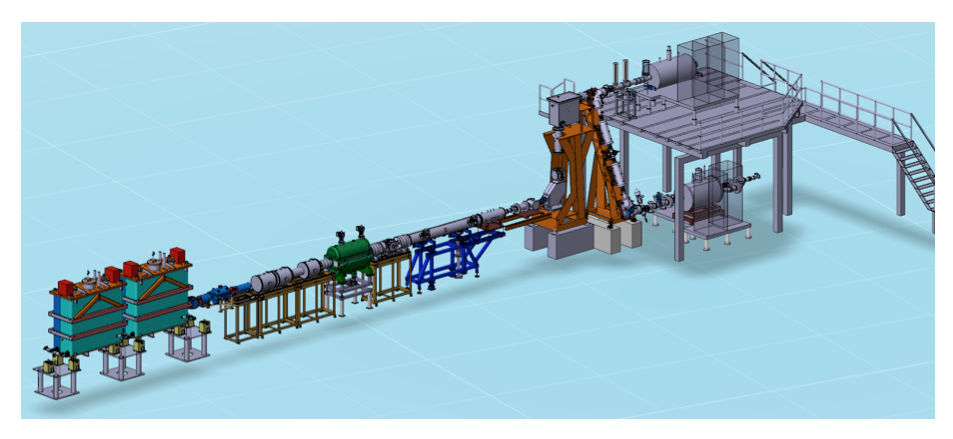 The High Intensity and Energy at ISOLDE, HIE-ISOLDE, project intends to improve the experimental capabilities at ISOLDE over a wide front. The impact of the increase of energy and intensity of the injectors together with a number of improvements in several aspects of the secondary beam properties are addressed in the HIE-ISOLDE Design Study.
The High Intensity and Energy at ISOLDE, HIE-ISOLDE, project intends to improve the experimental capabilities at ISOLDE over a wide front. The impact of the increase of energy and intensity of the injectors together with a number of improvements in several aspects of the secondary beam properties are addressed in the HIE-ISOLDE Design Study.